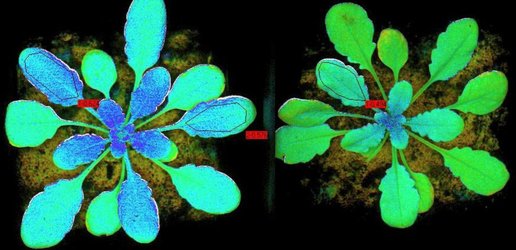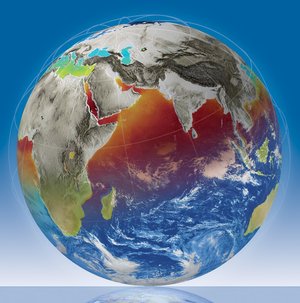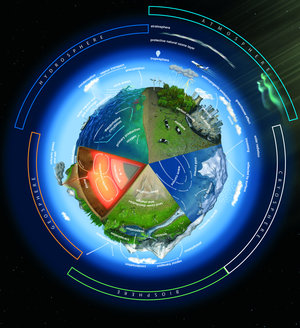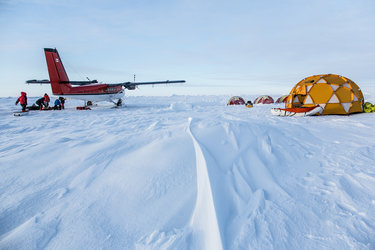Plant power from above
Field experiments have shown how ESA’s potential FLEX mission could identify vegetation that is suffering degrees of stress invisible to the naked eye.
The Fluorescence Explorer, or FLEX for short, is one of the two missions vying to be selected as ESA’s eighth Earth Explorer. It aims to provide global maps of vegetation fluorescence that can reflect photosynthetic activity and plant health and stress.
In turn, this is not only important for a better understanding of the global carbon cycle, but also for agricultural management and food security.
Although most people have heard of the process that describes how plants convert energy in sunlight into organic compounds, photosynthesis involves an extremely complex chain of events.
In fact, it is so involved that no fewer than 10 Nobel prizes have been awarded for efforts unravelling the secret that is so fundamental to sustaining life on Earth.
From space, FLEX proposes to measure fluorescence as an indicator of photosynthetic activity.
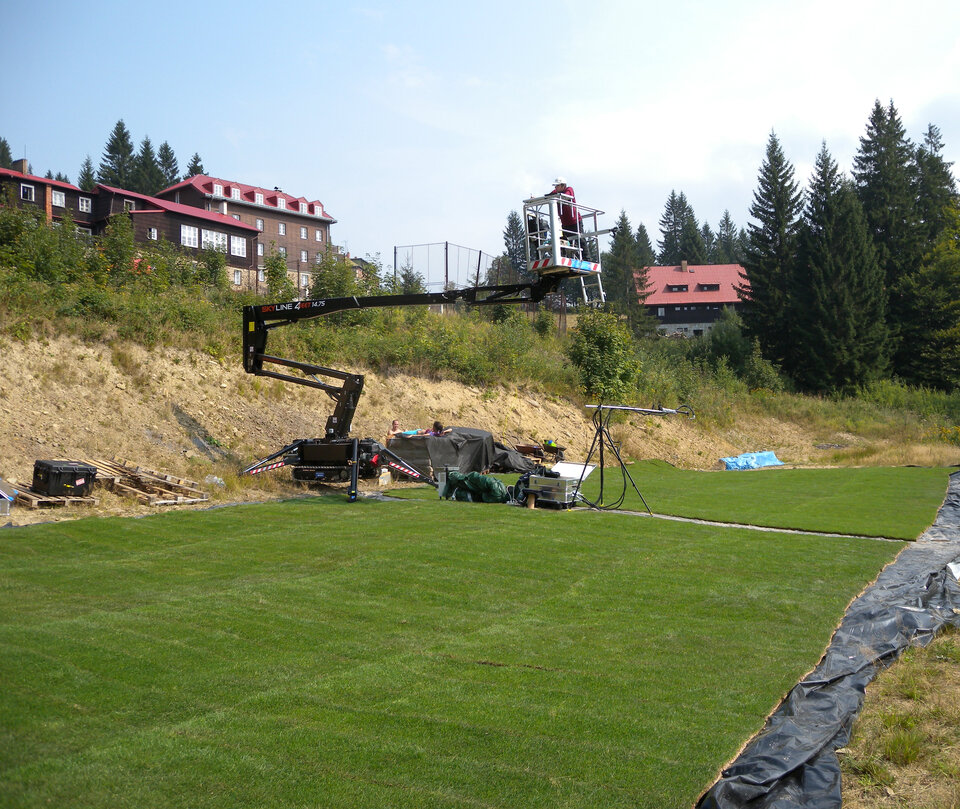
Working in sequence, there are two different ‘solar power systems’ inside plant and algae cells. They collect energy in sunlight and produce – subject to environmental conditions and the health of the plant – chemical energy for photosynthesis, heat, and a faint glow called fluorescence.
Depending how efficiently the plant works, both solar power systems glow with different intensities at different wavelengths.
As part of the development of the FLEX mission concept, scientists have been carrying out field campaigns to study the efficiency of these two systems by using the Hyplant instrument on an aircraft to measure fluorescence emitted from vegetation.
Hyplant has two ‘imaging spectrometers’ – essentially cameras that see at different wavelengths. One covers from red to near-infrared and splits up the wavelengths finely to pick out the fluorescence signals.
One of the key aspects of these campaigns involved using remote sensing to detect photosynthetic activity when it is under stress.
This was done by rolling out two fields of turf and applying one with a common herbicide blocking the energy transported between the two power systems and leaving the other untreated.
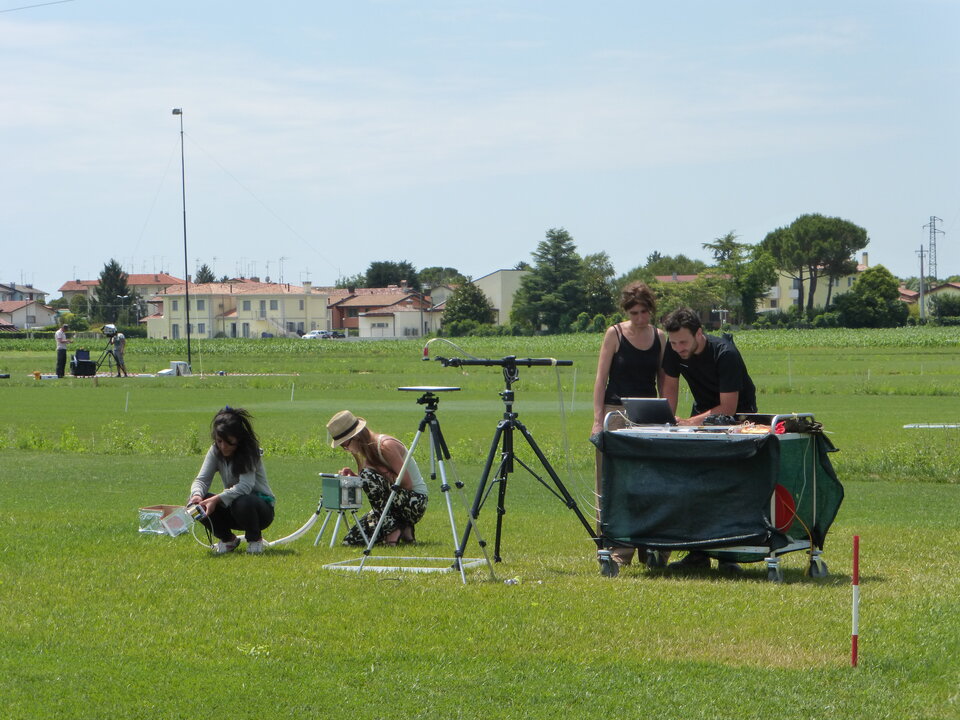
Fluorescence measured a few hours after the herbicide had been applied was significantly higher in the treated field than in the untreated field.
This is explained by the fact that the energy collected in the two power systems cannot be used for photosynthesis when the energy transport chain is interrupted.
To get rid of the absorbed solar energy the two power systems emit more radiation, with the glow much stronger than under unstressed conditions.
So, in short, detecting these initial abnormal peaks in fluorescence offers an early warning of stress in plants that may appear healthy to the eye.
Building on these initial results from preliminary tests carried out at the CzechGlobe facilities in the Czech Republic in 2012, scientists headed to Italy in 2014 to repeat the exercise in a much more controlled manner using different agents affecting different parts of the photosynthetic machinery.
Notably, 2012 marked the first time such an experiment like this had been performed outside of a laboratory.
Anke Schickling, the HyPlant operator said, “After two years of intensive sensor testing and data acquisition with HyPlant, such a dedicated manipulation experiment is by far one of the most interesting ones I’ve been involved with.
“The results reveal the dynamic mechanism between the fluorescence signal and canopy photosynthesis.”
Micol Rossini from University of Milan, said, “FLEX would allow us to measure this fragile red signal and its variations over fields and large agricultural units.
“Getting information from space to generate detailed and global maps of plant health and vegetation stress under changing environmental conditions would be a quantum leap in science.”
As well as FLEX, the CarbonSat mission, which aims to quantify and monitor atmospheric carbon dioxide and methane, is being studied in parallel for the selection of ESA’s eighth Earth Explorer.
A decision as to which will become a reality will be made towards the end of the year after consultation with the science community.















 Germany
Germany
 Austria
Austria
 Belgium
Belgium
 Denmark
Denmark
 Spain
Spain
 Estonia
Estonia
 Finland
Finland
 France
France
 Greece
Greece
 Hungary
Hungary
 Ireland
Ireland
 Italy
Italy
 Luxembourg
Luxembourg
 Norway
Norway
 The Netherlands
The Netherlands
 Poland
Poland
 Portugal
Portugal
 Czechia
Czechia
 Romania
Romania
 United Kingdom
United Kingdom
 Slovenia
Slovenia
 Sweden
Sweden
 Switzerland
Switzerland



























